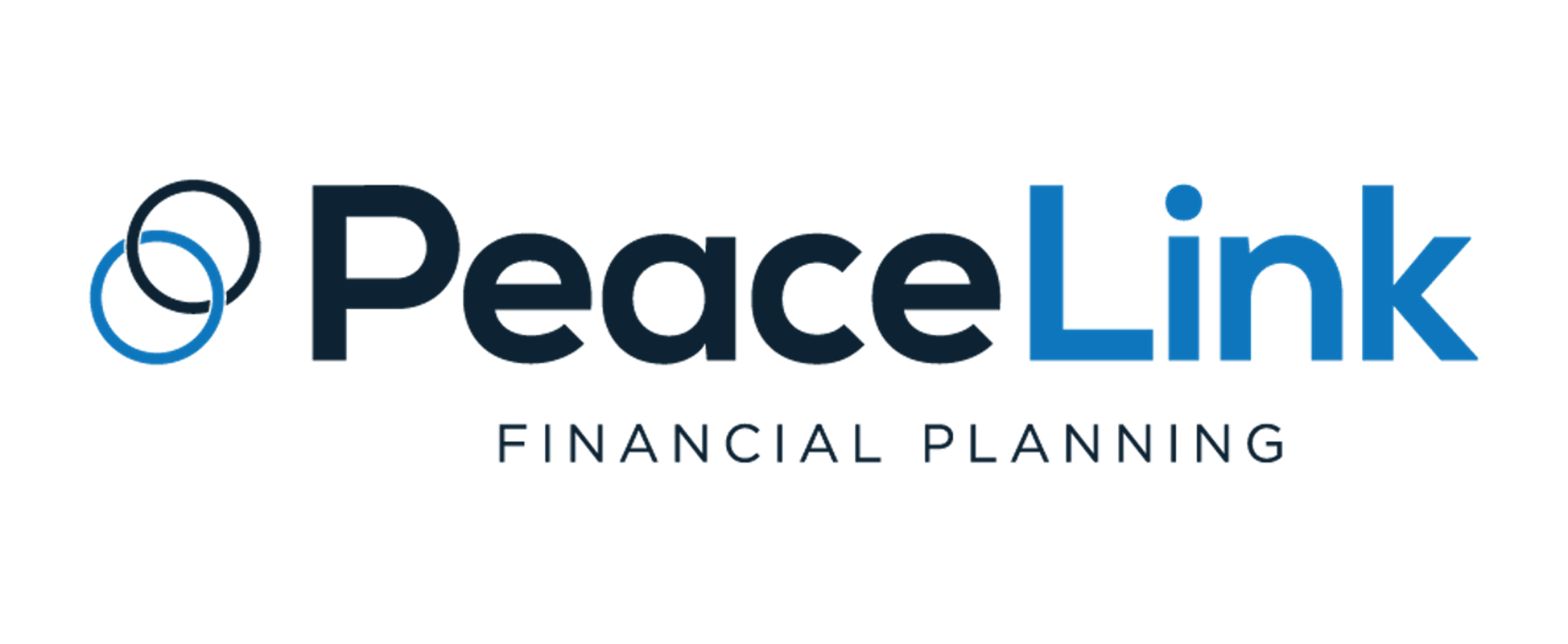
Share this Post
Big Changes, Bigger Opportunities: What the “Big Beautiful Bill” Means for Your Tax Plan
Big Changes, Bigger Opportunities: What the “Big Beautiful Bill” Means for Your Tax Plan
If you're a small business owner, self-employed professional, or a high-earning real estate agent, the latest tax law known as the “Big Beautiful Bill” (OBBBA) includes several updates that could directly impact your bottom line. With a mix of permanent changes and temporary tax breaks, there’s real opportunity to reduce your tax liability if you take time to plan ahead.
Standard Deduction Gets a Boost (Permanent)
Beginning in 2025, the standard deduction will increase and remain permanent:
• $15,750 for single filers
• $31,500 for married couples filing jointly
This simplifies tax filing and may reduce the need to itemize, especially for professionals with fluctuating income.
Extra Deduction for Seniors (2025–2028)
Taxpayers aged 65 or older may qualify for an additional temporary deduction.
• $6,000 per qualifying person
• Up to $12,000 for married couples
This benefit begins phasing out at:
• $75,000 for individuals
• $150,000 for joint filers
It fully phases out at $175,000 and $250,000 respectively.
Tip and Overtime Income Exclusion (2025–2028)
If you earn tip income or work overtime, a portion may be excluded from federal income tax.
• Up to $25,000 in tip income
• Overtime exclusion: $12,500 (single), $25,000 (joint)
• Phaseouts begin at $150,000 (single) and $300,000 (joint)
These exclusions don’t apply to Social Security or Medicare taxes, but they could reduce your taxable income.
Deducting Car Loan Interest (2025–2028)
A new deduction allows for interest on car loans—provided the vehicle is assembled in the U.S. and purchased in 2025 or later.
• Up to $10,000 of interest deductible
• Phases out at $100,000 (single) and $200,000 (joint)
This can be especially useful for professionals who use vehicles for client work, travel, or deliveries.
Temporary Increase in SALT Deduction Cap (2025–2029)
The deduction cap on state and local taxes is increasing temporarily.
• New limit: $40,000 per return
• Phaseout begins at $500,000 of income
• Returns to $10,000 in 2030
If your income falls within range, this change may offer meaningful short-term relief.
Charitable Contributions Update (Starting 2026)
Even if you take the standard deduction, charitable giving can still benefit your tax return:
• $1,000 deductible for single filers
• $2,000 deductible for married filers
Child Tax Credit Increase (Permanent)
The Child Tax Credit is increasing to $2,200 per qualifying child, and will be indexed for inflation. This offers more predictability in annual tax planning for families.
Tax Relief for Business Owners (Permanent)
The bill locks in two major benefits for small businesses and self-employed individuals:
• 100% bonus depreciation on eligible business purchases
• Section 199A Qualified Business Income deduction remains at 20%
Additional updates include:
• A $400 minimum QBI deduction for those with at least $1,000 in income
• Higher phase-in thresholds to allow more high earners to qualify
Estate and Gift Tax Exemption (Effective 2026)
The lifetime exemption for estate and gift taxes will rise to $15 million per individual, with inflation adjustments each year. This may impact your long-term wealth transfer or succession plans.
What You Should Do Now
Whether you’re building a business, earning commissions, or planning for retirement, the new law presents clear opportunities to get ahead financially. Revisit your income projections, review your deduction strategy, and talk with your advisor to ensure you are ready. The right moves today could lead to significant savings tomorrow.
